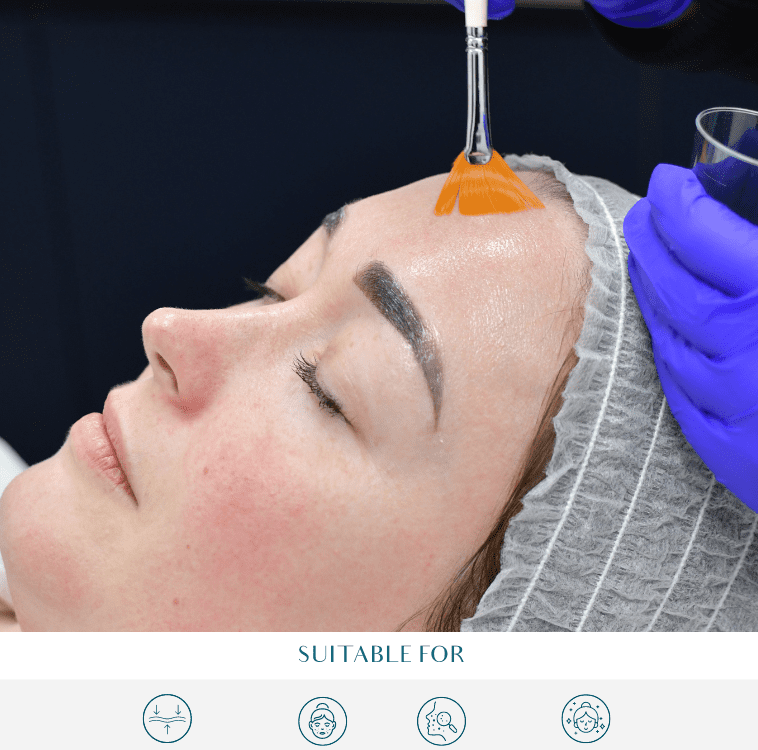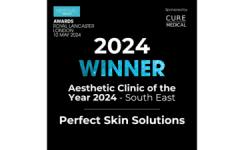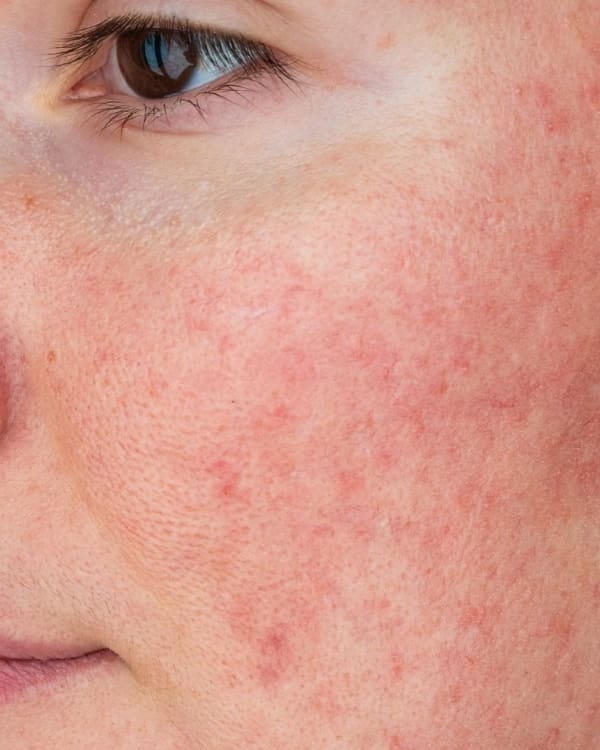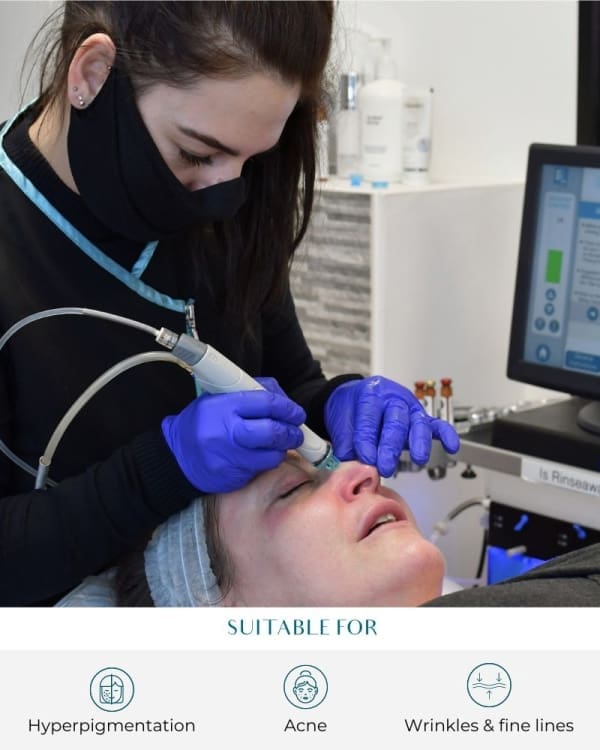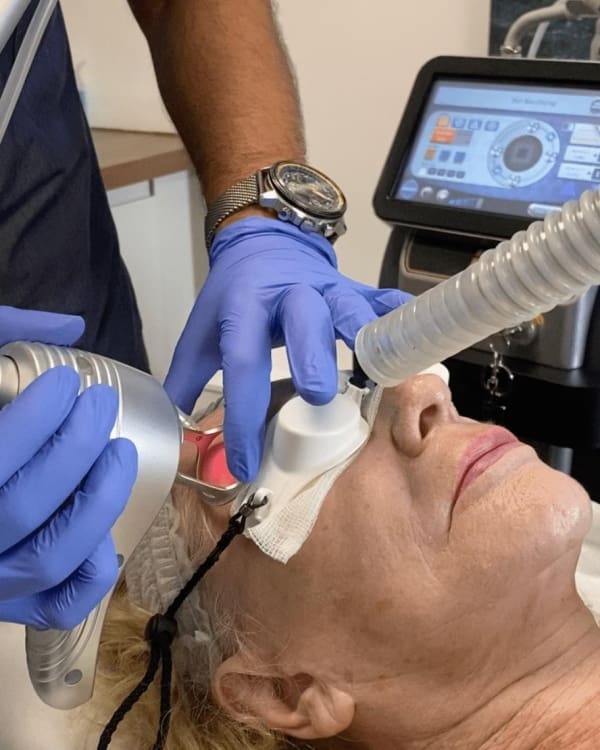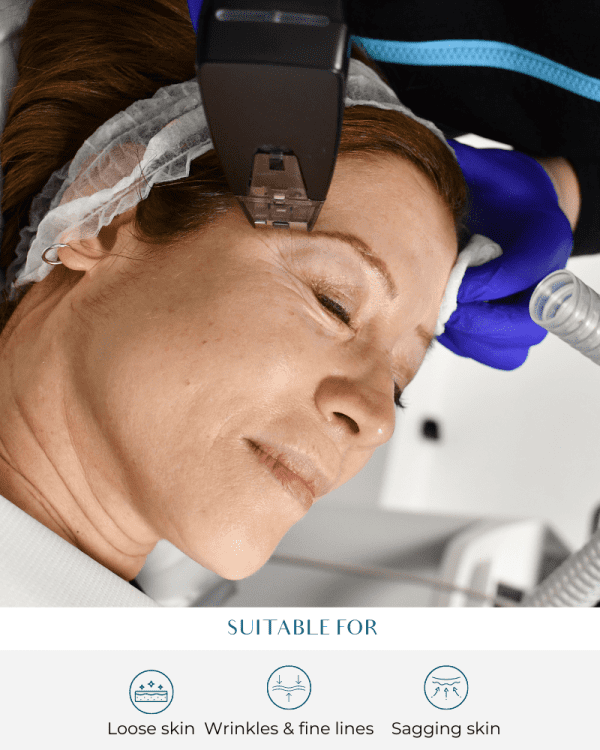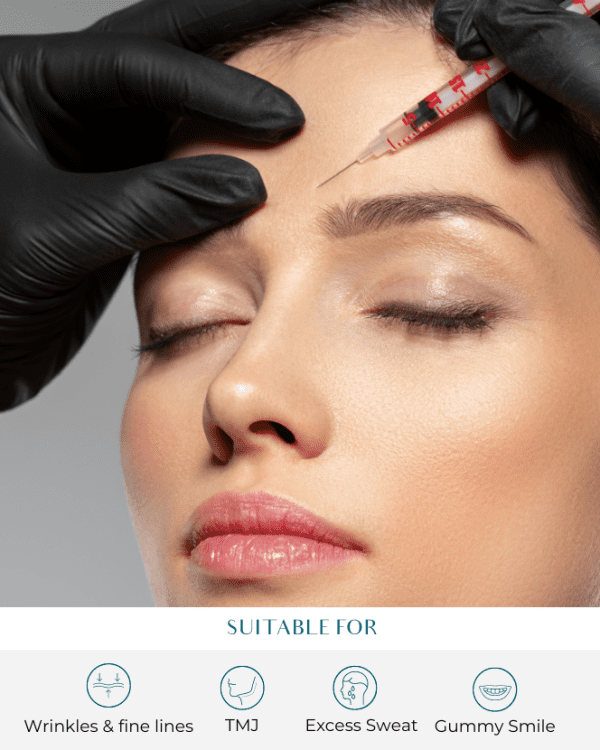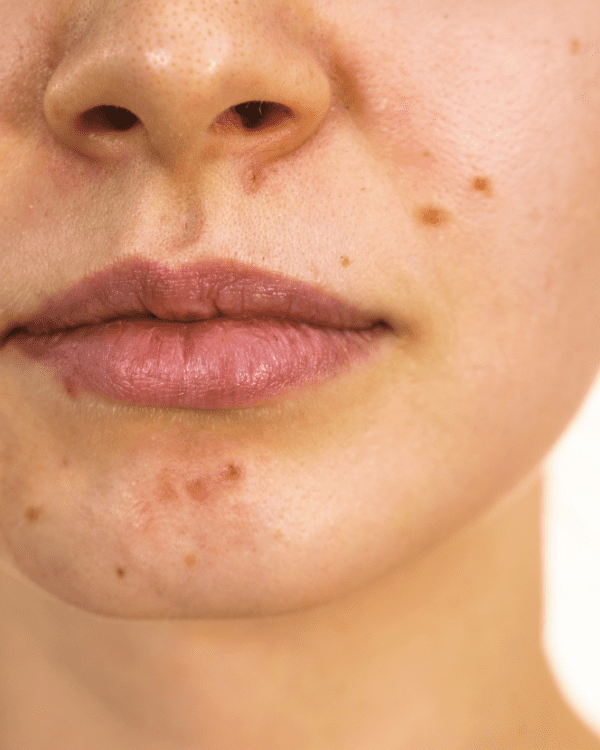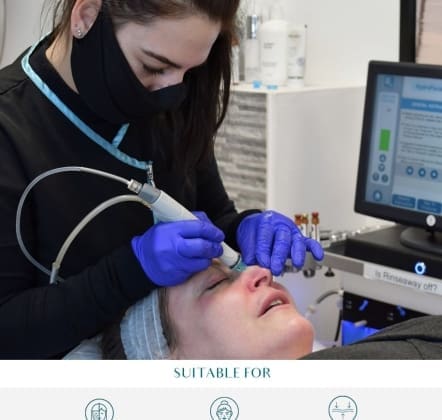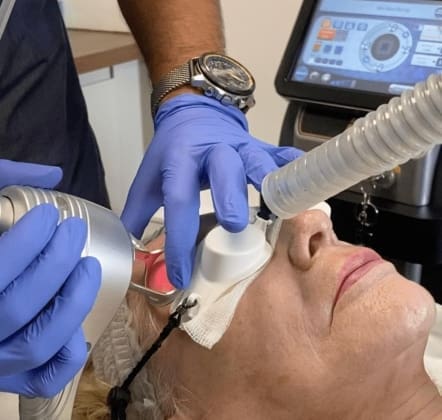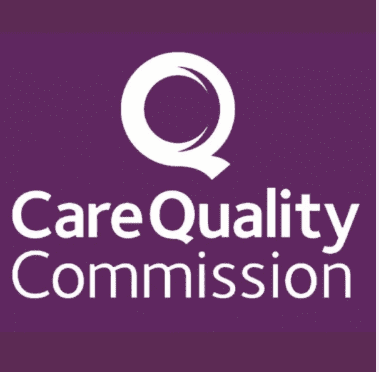Clearer Skin: Peel Treatment for Acne Explained
If you’re dealing with active acne, acne scars, enlarged pores or post-inflammatory hyperpigmentation a professional peel treatment for acne could be the solution you’ve been searching for. At Perfect Skin Solutions we specialise in a range of cosmetic procedures – including bespoke chemical peels – to give you smoother texture and healthier skin.
Chemical peeling is a widely used skin resurfacing technique for acne vulgaris and other skin conditions. It’s proven to be effective, safe across all skin types and cost effective with clinical evidence to back it up.
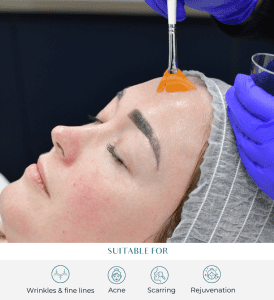
How Chemical Peels Work
A chemical peel is a skin resurfacing treatment where a chemical solution is applied to the skin to exfoliate and remove dead skin cells from the outer layer. This reveals new skin and stimulates collagen to help with acne scarring and skin tone.
Peel treatments are highly customisable to treat multiple skin conditions:
- Acne and inflammatory acne
- Mild, moderate or severe acne
- Acne scars and deeper chemical peels for deep scars
- Fine lines and wrinkles
- Uneven skin tone and sun damaged skin
- Actinic keratosis and other skin disorders
For pricing details on these treatments, please refer to our price list.
Types of Chemical Peels for Acne
There are three general categories of chemical peels, each suited to different skin types and concerns:
| Peel Type | Depth | Best For | Active Ingredients |
|---|---|---|---|
| Superficial Chemical Peels | Outer layer (epidermis) | Active acne, mild scarring, | Glycolic acid, salicylic acid, lactic acid, mandelic acid, azelaic acid |
| superficial discoloration | |||
| Medium Depth Chemical Peels | Outer and middle skin layers | Moderate acne, acne scarring, | Trichloroacetic acid (TCA), stronger glycolic or lactic acid |
| (epidermis + dermis) | post-inflammatory hyperpigmentation | ||
| Deep Chemical Peels | Deeper layers (dermis) | Deep acne scars, severe sun | Phenol, higher concentrations of TCA |
| damage, deeper chemical scars |
- Superficial peels (light chemical peel) effectively treat mild acne, remove dead skin, and prevent future breakouts by unclogging hair follicles and reducing oil. Ingredients like salicylic acid and glycolic acid target dead skin cells and excess oil.
- Medium depth peels penetrate further, using acids like TCA to address more prominent acne scarring and deeper skin conditions.
- Deep peels are reserved for significant improvement in deep scars and severe acne, sometimes in combination with other treatments like plastic surgery for best results
Chemical Peel Ingredients: What’s Inside and Why It Matters
The effectiveness of chemical peels as a cosmetic treatment lies in the ingredients they contain. Each chemical solution is carefully formulated to target specific skin concerns so ingredient selection is key to getting the best results.
- Salicylic acid is a beta-hydroxy acid that penetrates deep into pores, dissolves excess oil and removes dead skin cells. It’s great for acne prone skin and reducing inflammation.
- Glycolic acid, an alpha-hydroxy acid, gently exfoliates the outer layer of skin, stimulates collagen production and improves skin texture. It’s popular for fine lines and wrinkles and uneven skin tone.
- Lactic acid is another alpha-hydroxy acid that exfoliates and hydrates the skin. It helps to fade pigmentation and refine skin tone making it suitable for sensitive or dry skin types.
- Trichloroacetic acid (TCA) is used in medium and deep chemical peels to reach deeper skin layers. TCA removes damaged skin, reduces acne scars and smooths lines and wrinkles for a more youthful complexion.
Understanding what these ingredients do helps you and your skincare professional choose the right chemical peel for your skin type and concerns so you get a safe and effective treatment that delivers visible results.
How chemical peels work
By breaking the bonds between dead skin cells so your skin can shed the outer layer and reveal fresh skin beneath. Over time this promotes wound healing, reduces enlarged pores and refines skin texture. Additional benefits include:
Why Peel Treatment for Acne?
- Smoother tone and brighter complexion
- Reduction in post-inflammatory hyperpigmentation and mild scarring
- Improved skin color and texture
- Stimulation of new skin and collagen—addressing fine lines and wrinkles
Popular acids used in our peels for targeted acne treatment are:
- Salicylic acid: For oily, acne prone skin and active acne vulgaris.
- Glycolic acid: For exfoliation, sun damage repair and scar lightening.
- Lactic acid: Gentle option for lighter skin and sensitive skin types.
- Mandelic acid: For pigmentation, acne and enlarged pores.
- Azelaic acid: For pigmentation and redness without irritation.
Chemical Peels for Acne Scars
Acne scars can be tough but chemical peels are a proven way to reduce their appearance and get smoother skin. By removing damaged skin layers and encouraging new cell growth chemical peels fade both shallow and deep acne scarring.
- Superficial chemical peels—using ingredients like glycolic acid and lactic acid—are great for mild acne scars. These light peels gently exfoliate the surface, improving skin texture and tone with minimal downtime.
- Medium depth chemical peels, often formulated with TCA, go deeper into the skin to address more prominent acne scars and moderate scarring. These peels stimulate collagen production to fill in and smooth out uneven areas.
- Deep chemical peels are for severe acne and deep scars. Using stronger agents deep chemical peels remove multiple skin layers, significantly improving deep acne scarring. However they require longer recovery time and should be done by experienced professionals.
For best results chemical peels can be combined with other acne treatments like oral antibiotics to address active breakouts and lingering scars. Consult with a dermatologist to get the right chemical peel for your acne scarring and skin type.
What to Expect During and After Treatment
During the treatment a chemical solution is applied to the area, sometimes causing a mild stinging sensation for a few minutes. This is the chemical solution working to loosen and remove the layer of dead skin cells. After the treatment your skin may peel and flake as the dead skin sheds. This is a normal part of wound healing and rejuvenation.
Temporary Side Effects
- Redness, swelling, flaking, dryness and tightness—most common with deeper chemical peels
- Stinging sensation during and after the application
- Temporary darkening or lightening of the treated skin, especially in darker skin types
- Peeling lasts 3-7 days, medium and deep peels require longer recovery
Proper aftercare is key: follow all instructions, avoid sun exposure, use sun protection and if you have a history of cold sores take prescribed antiviral medication to prevent breakouts. Do not wear makeup until your skin is fully healed.mayoclinic+2
Who is a Candidate?
Peel treatments for acne are suitable for many skin types and skin tones, for active acne, moderate acne and inflammatory lesions. They are most effective when other options (oral antibiotics) have not worked. However deep chemical peels are not recommended for all skin conditions especially if you have certain medical history or skin types.
Important Notes
- Always consult an experienced professional to determine the right chemical peel and acid for your skin layer, color and health.
- Do not self administer medium or deep peels—these are professional cosmetic treatments.
- After peel avoid sun exposure and wear SPF daily to protect your new skin.
- For some peels may need to be combined with other treatments for severe or deep scars.
Combining Peels with Other Acne Treatments
To get the most out of chemical peels often involves combining them with other acne treatments. This multi-faceted approach can speed up results, improve skin tone and reduce acne scarring more than one treatment alone.Combining chemical peels with oral antibiotics controls inflammation and targets the bacteria that causes breakouts, while the peel removes dead skin cells and unclogs pores. Blue light therapy can be added to kill acne causing bacteria, complementing the exfoliating action of the peel. For even smoother texture microdermabrasion can be used alongside chemical peels to physically exfoliate the skin so the chemical solution can penetrate deeper.
After these treatments healthy skin is key. A consistent skincare routine including daily sun protection will help maintain results, prevent future breakouts and support the skin’s natural healing process. Work with a skincare professional to create a tailored treatment plan and you can get clearer, more radiant skin and reduce acne scarring.
Ready to See Significant Improvement in Your Skin?
If you want to improve acne, smooth acne scars, prevent future breakouts and get a brighter more even skin tone peel treatments at Perfect Skin Solutions can deliver visible long lasting results. Book a consultation and let our team create your customised acne treatment plan—your journey to healthy, glowing skin starts here!















